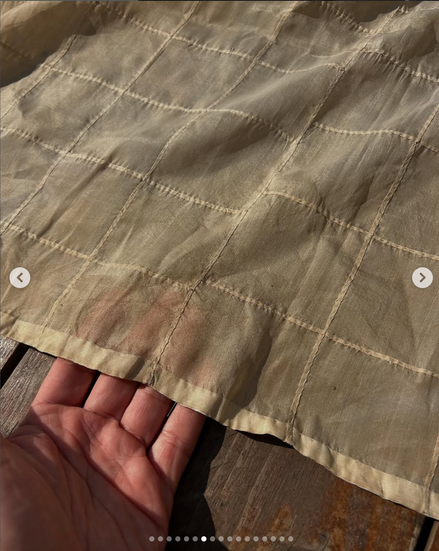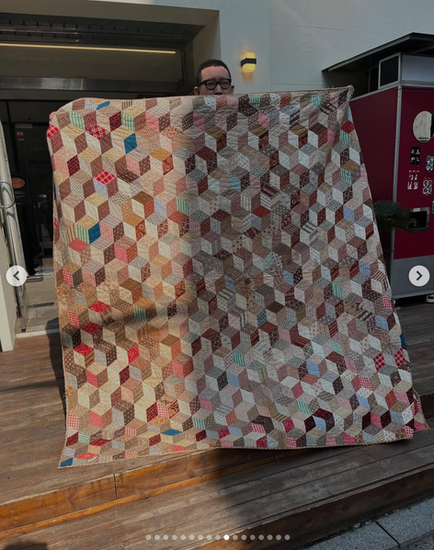- JungYeol Kim
- Apr 18
- 1 min read
In my opinion, calligraphy is harder than ceramics, and ceramics are harder than wooden furniture. So when it comes to entering the world of Native Joseon aesthetics, the best starting point is small wooden pieces—like stationery boxes or inkstone cases. Or perhaps a humble soban (a traditional Korean low table).
These kinds of objects fall into what we usually call folk art. That is, something that exists between art and product—folk between art and product.
The beauty of Korean folk craft lies in its simplicity—in its lack. These weren’t pieces made for royal courts. They were used by ordinary people in daily life. There’s no gold leaf, no extravagant patterns. Just everyday materials, put together with utilitarian intent. But give them 200 years, and they begin to carry a richness—like a stew that’s been simmering forever. That’s the charm of native Joseon artifacts.
The more I see them, the more I fall in love. I truly believe these Joseon-era pieces are one of the most underrated “blue-chip” assets still available today. When you consider their beauty and historical value, the prices almost feel too good to be true.
So I say—may everyone enjoy them freely. That ultra-minimal metalwork on the hardware? It’s no joke.
🍉 Joseon-Era Wooden Box
🍉 295,000 KRW
PS – Currently at the top floor of Shinsegae Main Store’s The Heritage (Luxury Hall 2), there's an exhibit featuring Joseon-era objects alongside works by contemporary artists. It’s pretty striking to see native Joseon pieces displayed in the same space as ultra-luxury brands like Chanel. That contrast… it really says something.



































